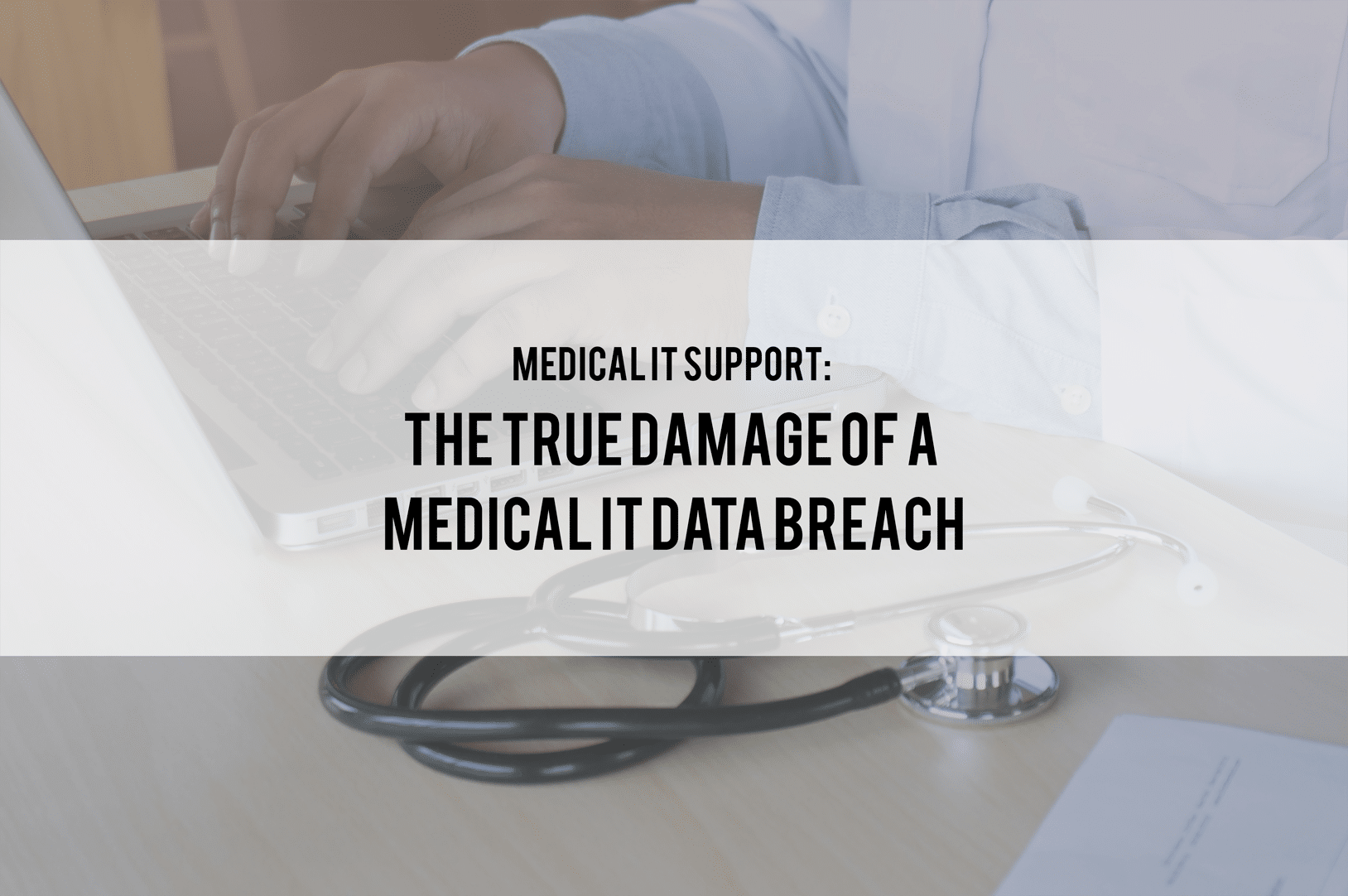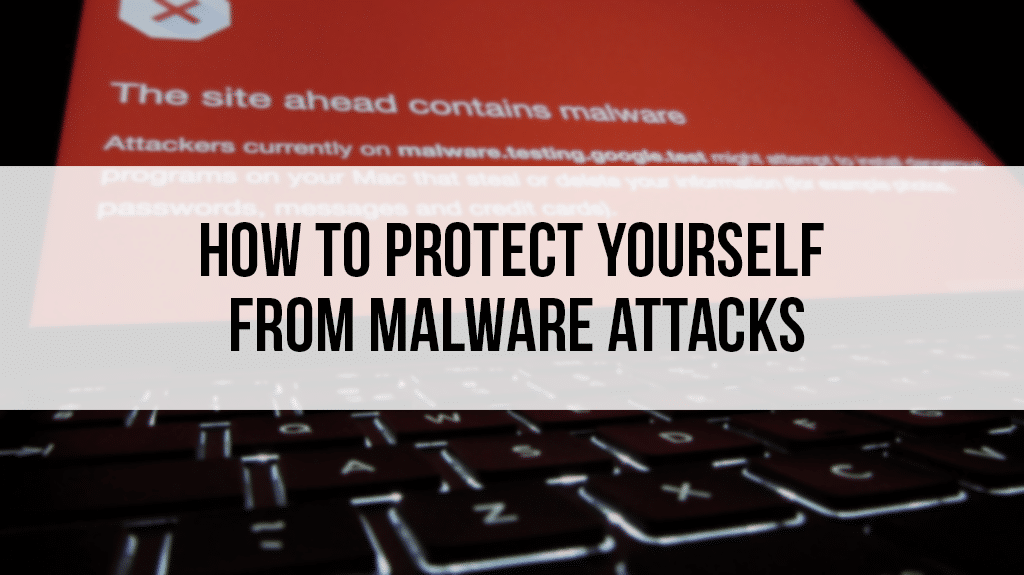Medical IT Support: The True Damage of a Medical IT Data Breach
![]() No Comments
No Comments

20
Sep
Medical IT Support
Medical organizations are being exposed to even more data security threats.
Just last year, a total of 16,471,765 records were reportedly exposed by major cyber attacks. Thus making 2016 as the largest healthcare data breach within the last five years.
This 16M patient records breached has been documented worldwide. But neither is it any foreign for Australian healthcare organizations; Remember Red Cross Blood Service’s 1.3m leaked records last year?
Experian Data Breach Industry Forecast 2015 expects healthcare industry cybersecurity are even expected to drastically expand within the following years.
The question medical organizations are facing is no longer if they will face a cybersecurity breach – rather when they will face a cybersecurity breach.
95% of medical and health care institutions have reported being victimised by some form of a cyberattack. – InfoSec Institute
Medical IT is a hot target for cybercriminals everywhere. Info like a client’s full name, physical address, date of birth, gender, email address, credit card information, phone number, Social Security numbers, and insurance policy ID numbers are goldmines for criminals with no detail to spare.
In our previous article, we talked about the reasons as to why this is so.
To recap, here are the three main reasons for medical IT breach are:
1. Healthcare organizations adapting paperless technology,
2. This adaptation is not properly supported by good security, and
3. The value behind a medical ID is more valuable than a credit card.
Impacts of a Medical IT Breach
A Medical IT Breach typically affects two main parties: the clients and the business.
Client Impact
There is only one way of detecting a Medical IT Breach or Medical Identity Theft: after the damage is done. There’s no other way of telling a Medical IT breach until it’s too late.
The key to detecting a theft lies on the frequency of when a medical identity is being monitored and updated.
Just like credit card scams, medical identity theft reports are only detected after receiving the billing statement, usually by the end of the month.
Forty percent of medical IT breach victims only realize the crime after receiving the collection letter from creditors wherein the suspicious activity has come to light.
But that’s where the credit card and a medical identity theft’s similarities end… because a Medical IT breach is much more severe than of a credit card scam.
Credit cards are used much more often, which means the chances of detecting any fraudulent changing to the bill is higher. Medical ID, on the other hand, is not monitored as often. This gives criminals more chances of illegally purchasing drugs and equipment prior to the knowledge of the client. The prices also come off with little to no suspicion: a severe patient purchasing $5000-worth medical requirements is likely sensible – reducing the chances of authorities questioning it.
The aftermath can be strenuous – and forcibly so. Healthcare organization have no other choice but to take the issue of utmost importance to prevent any legal actions from clients.
Business Impact
The client impact may be the first direct damage by a medical identity theft but the domino-effect of one case can become so much worse.
The Healthcare Organisation will experience a devastating impact. This goes beyond financial damages but it all extends to a business’ reliability, reputation, and relationship with its customers (all of which could lead to a loss of customer trust and loyalty).
Ponemon Institute’s Fifth Annual Study revealed the true average cost of a Medical Identity Theft – reaching up to $13500 per client. 55% of medical organizations confessed to making an out-of-pocket payment to repair the damages. This is excluding the reputation damage of an organization that could affect its future sales.
In fact, 45% of organizations say that medical identity theft affected their reputation. 50% of consumers believe that a medical identity theft is due to the providers’ negligence and is enough to affect their confidence and trust towards their provider.
Medical Identity Theft Signs
Clients must be keen on their medical and insurance reports regularly. Keep the Medical Summary that your healthcare sends after treatments and compare all details with your medical statement. Make sure there’s no detail to spare and everything is in line with one another.
Other signs of medical identity theft:
- A call or a bill for a medical service you didn’t receive
- Unrecognizable movements using your credit card for medical collections
- Your health plan reaching its benefit limit without any recent involvement
- Getting medical conditions from records that you did not partake
If you think one of these signs is applicable, contact your medical or insurance plan provider immediately and report the issue.
Comlink Solutions developed its Medical IT Support with a top-notch security system customised to protect all medical data. We promote a wide expanse of technology to improve your team’s collaborative medicine information, centralize patient records, and to provide a full range IT Support.



